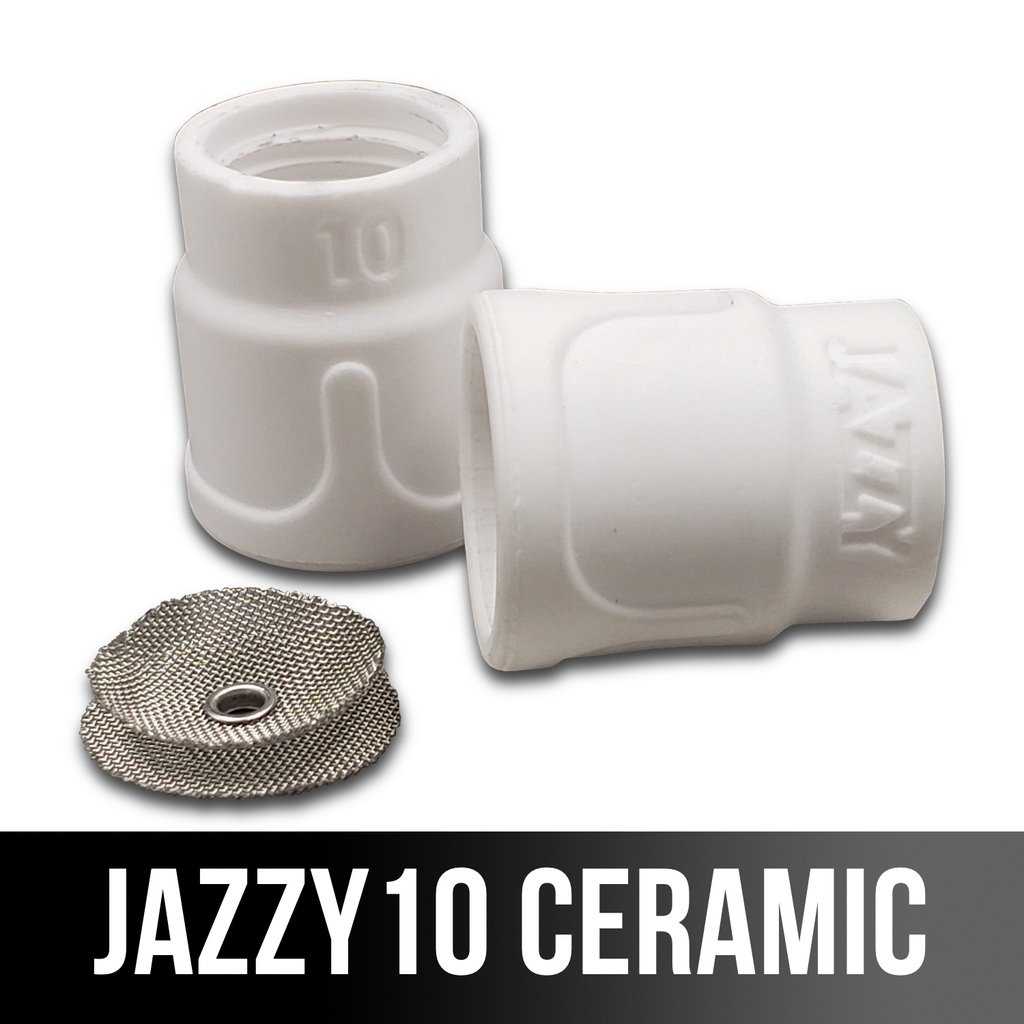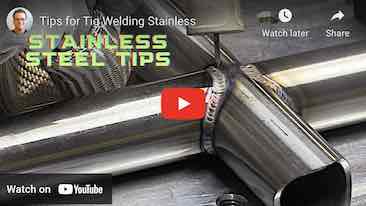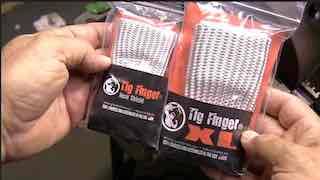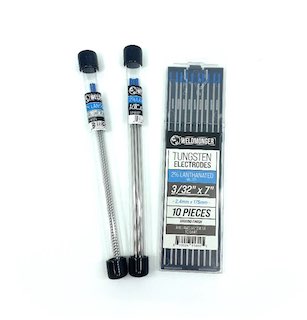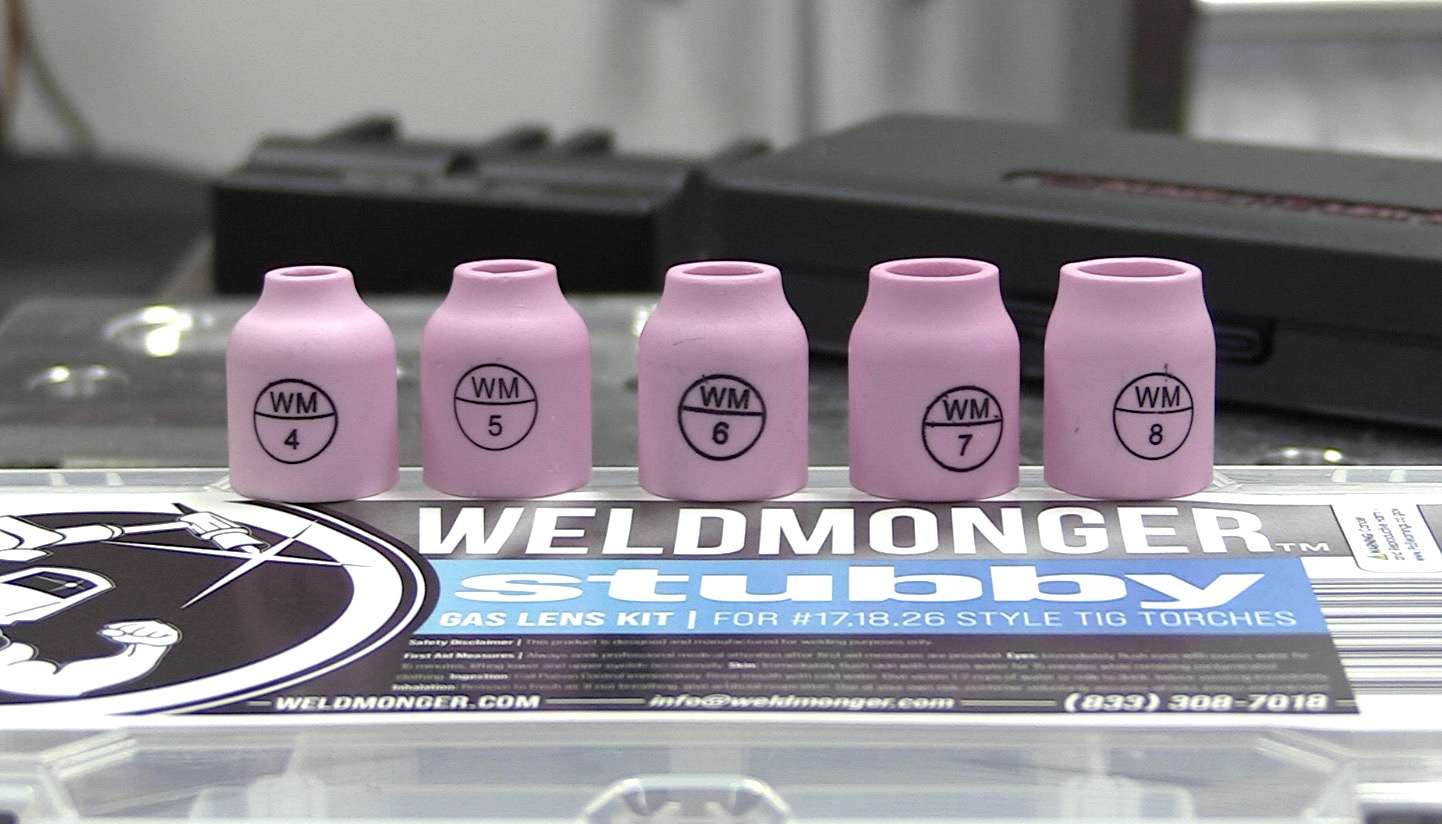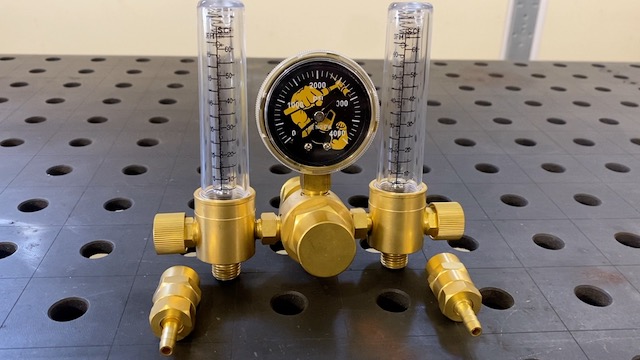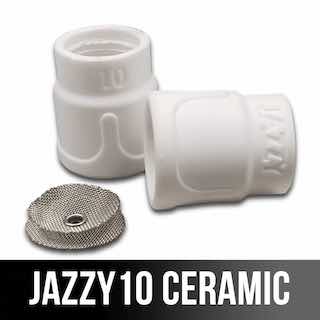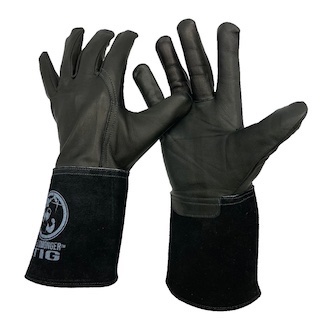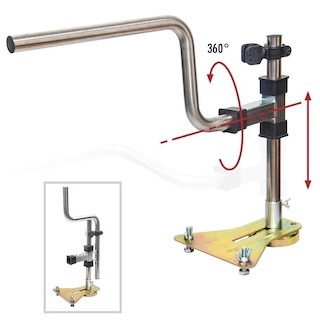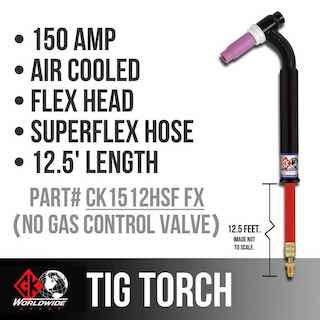Stainless Pipe Root- TIG welding Tips, Technique and Settings for a root and hot pass
Today I am TIG welding stainless pipe in 2g position.
This is 3 inch schedule 40 pipe so the wall thickness is slightly less than 1/4” thick.
30 degree bevels on these tee fittings ground to a feather edge (zero land)
I used some spacers that were made from 1/8” stainless wire but were hammered a bit to make for a slightly larger gap to allow for some shrinkage.
Stainless tends to shrink more than carbon steel so I used slightly bigger spacers so I would end up with s 1/8" gap when tack welds shrunk.
I used bridge tacks to avoid needing a purge while I fit the joint.
There are basically 2 types of tack welds when in comes to open root pipe...
- Penetrated tacks
- bridge tacks.
Bridge tacks are tack welds that do not penetrate the inside bevel.
So for stainless steels, that lets you fit and tack without wasting argon.
Bridge tacks are not always permitted so check your code or procedure.
No matter what type of stainless tig weld you are doing, good gas coverage is important.
I used a jazzy 10 ceramic cup for the root and hot pass in the video above because it is a great cup for stainless steels



